For boosters of major college athletic programs, being able to claim a federal income tax deduction for their donations to nonprofit name, image and likeness (NIL) collectives supporting their favorite schools presented a charitable giving opportunity that was often too good to pass up. However, recent IRS guidance finding that it will be difficult for NIL collectives to achieve §501(c)(3) status likely means the IRS will be challenging deductions claimed based on donations to the collectives.
The OCC’s June 9 memo (AM 2023-004) is non-precedential and can’t be relied upon by either the IRS or taxpayers in support of their tax positions. However, OCC memos are generally considered to reflect the IRS’s thoughts on an issue. Essentially, after examining court cases and revenue rulings, the memo found a nonprofit NIL collective fails to qualify as a §501(c)(3) nonprofit if the benefits it provides to college athletes are substantially related to the public benefit it is providing.
According to media reports, millions of dollars have been donated to the more than 200 NIL collectives created to benefit athletes at 131 major college athletic programs. The IRS’s Taxpayer Advocate Service (TAS) says “numerous” NIL collectives have been granted exempt status under §501(c)(3). However, it adds that a collective’s tax-exempt status can be revoked if the IRS finds a collective’s activities disqualify it from claiming §501(c)(3) status.
NCAA President Charlie Baker agreed with the IRS’s conclusions while speaking to a national gathering of collegiate athletic directors June 13.
What are NIL collectives?
NIL collectives operate independently of a school’s college athletic program, but fund opportunities for the school’s student-athletes. Usually founded by the school’s alumni and supporters, the collectives generate and pool contributions from many sources, including boosters, fans and businesses. The funds are used to create opportunities for student-athletes to earn money based on their NIL rights.
Nonprofit collectives generally use student-athletes as independent contractors to further their charitable mission. For example, the student-athlete can be paid by the nonprofit collective to make speaking appearances and perform public relations services for a charity looking to expand its visibility in the community.
Student benefits related to charitable purpose
Unfortunately, because it provides a legal opinion, the OCC’s 12-page memorandum on NIL collectives can be a difficult read for non-attorneys. The memorandum focuses primarily on whether the private benefits provided to student-athletes are substantially related to the stated purposes of a nonprofit NIL collective. It goes on to say that the benefits must be insubstantial in both qualitative and quantitative terms.
The OCC said that to be qualitatively incidental, a private benefit must be the byproduct of an exempt activity or necessary to accomplish an organization’s exempt purpose. The memo noted that the primary beneficiaries of the nonprofit NIL collectives are the student-athletes. It also found the activities for which the student-athletes are paid are not necessary for the promotion or marketing of charitable causes and, therefore, are not qualitatively incidental to the exempt purpose of a nonprofit NIL.
To be insubstantial in quantitative terms, the OCC said the private benefit must be insubstantial in relation to the public benefit of a nonprofit NIL collective’s activities. The memo then noted that some nonprofit collectives promised to pay out between 80% and 100% of donations to student-athletes. “For payouts anywhere within this range, the benefit to private interests is substantial by any measure and cannot be dismissed as merely incidental,” it said.
The OCC memo concluded by saying: “it is the view of this Office that many organizations that develop paid NIL opportunities for student-athletes are not tax exempt and described in Section 501(c)(3) because the private benefits they provide to student-athletes are not incidental both qualitatively and quantitatively to any exempt purpose furthered by that activity.”
Information included in this article is accurate as of the publish date. This post is not reflective of tax law changes or IRS guidance that may have occurred after the date of publishing.
